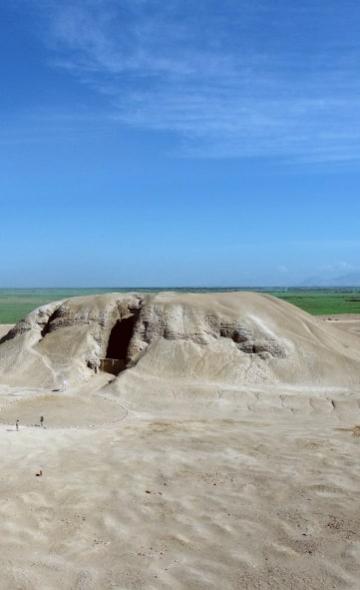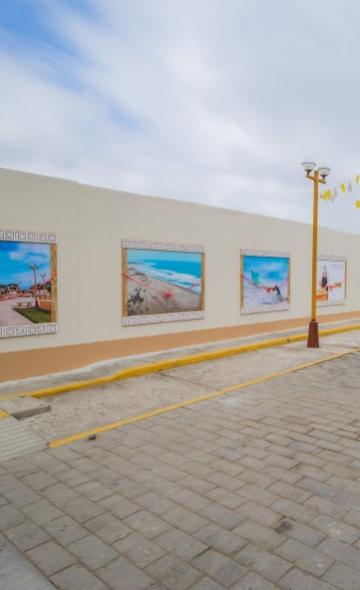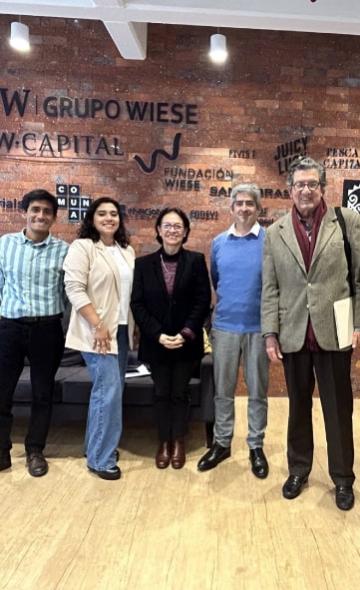- Visitors
- Researchers
- Students
- Community
- Information for the tourist
- Hours and fees
- How to get?
- Virtual tours
- Classic route
- Mystical route
- Specialized route
- Site museum
- Know the town
- Cultural Spaces
- Cao Museum
- Huaca Cao Viejo
- Huaca Prieta
- Huaca Cortada
- Ceremonial Well
- Walls
- Play at home
- Puzzle
- Trivia
- Memorize
- Crosswords
- Alphabet soup
- Crafts
- Pac-Man Moche
- Workshops and Inventory
- Micro-workshops
- Collections inventory
- News
- Community
- Today, April 18, we celebrate the International Day for Monuments and Sites!
News
CategoriesSelect the category you want to see:
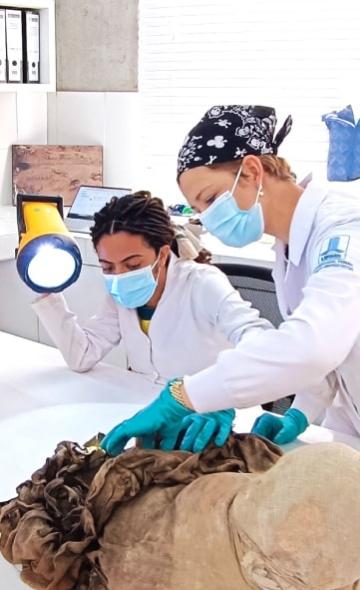
International academic cooperation between the Wiese Foundation and Universidad Federal de Mato Grosso do Sul ...
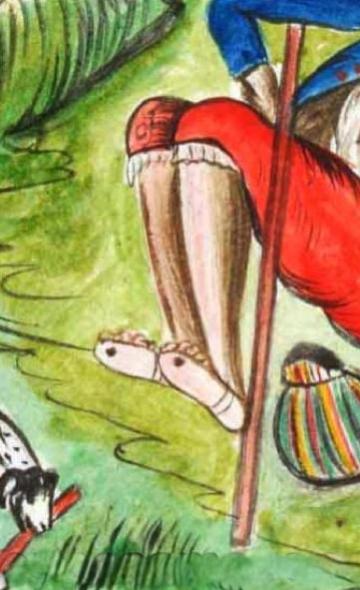
Clothing at El Brujo: footwear ...
To receive new news.
Por: Yuriko García
The International Day for Monuments and Sites, which is celebrated on April 18 each year, was proposed by the International Council on Monuments and Sites (ICOMOS) in 1982 and approved by the UNESCO General Assembly in 1983. This date aims to highlight the importance of cultural heritage for societies, promoting its conservation and protection.
This year 2024, ICOMOS invites us to reflect with the slogan "Resilient heritage in the face of disasters and conflicts: preparedness, response and recovery". At El Brujo, we join this call and are committed to disaster risk preparedness, with the El Niño phenomenon being the most recurrent on the northern coast of Peru.
Year after year, we join efforts in preventive conservation to safeguard the valuable pre-Hispanic heritage that we have, ensuring that it is enjoyed by present and future generations. In this sense, from the research directorate of the El Brujo Archaeological Complex, architect Cynthia Sialer Carrillo, head of conservation of immovables, explains to us the importance of conservation for the preservation of monuments and archaeological sites.
.jpg)
The importance of the protection and conservation of monuments and sites for society
The conservation of monuments and sites is fundamental to society for a variety of reasons. Firstly, it contributes to the preservation of material heritage assets, not only as to their physical properties, but also for the protection of the historical baggage that they contain. Monuments and sites are an invaluable source of knowledge that promotes development, education, research and reflection. Through them, we can learn about the past, understand the present, and build a better future.
"I consider that their value should not be reduced just to that of a mere tourist attraction. We must work to revaluate their significance and their link with contemporary societies in their environment," says Sialer.
Conservation of the Cultural Heritage
In an increasingly complex world, it is necessary to rethink the conservation of the cultural heritage. According to Sialer, "within the framework of conservation, architects in contemporary Peru have mostly been linked to the immovable historical heritage, which is important for the preservation of constructions usually located in more urban areas. However, those involved in the conservation of the archaeological heritage are few. Therefore, their participation in environments that require various stances and perspectives for city planning, landscape care, among others, is fundamental."
.jpg)
It is worth remembering that the interest in the conservation of Peruvian cultural heritage dates back to the mid-twentieth century. However, it was not until the Second International Congress of Architects and Technicians of Historical Monuments in 1964 that its importance was internationally recognized, after the signing of the Venice Charter.
The Wiese Foundation and support in the conservation of El Brujo
Since the 1990s, voluntarily and without external incentives, the Wiese Foundation has been a pillar for archaeological conservation to prosper. Sialer mentioned that "recent international conflicts have had repercussions on cultural heritage and this is an alarm for those involved in its safeguarding for them to work and generate greater preventive strategies in the face of the different problems that affect the tangible and intangible heritage, as has been done by the Wiese Foundation in the El Brujo Archaeological Complex."
El Brujo is especially affected by the El Niño phenomenon due to its geographical location. However, in recent years, these effects caused by climate change have been significantly mitigated. Sialer reminds us that "in the El Brujo Archaeological Complex, the construction material of the huacas (sanctuaries) and other spaces is earth, a material very susceptible to rainfall. Hence, preventive conservation work has focused on improving covering and drainage, work that we will continue to carry out."
.jpg)
Now that you know more about the conservation work that we carry out at the El Brujo Archaeological Complex, we invite you to visit us to delve into these 14 thousand years of history. We are expecting you!
Community , outstanding news


